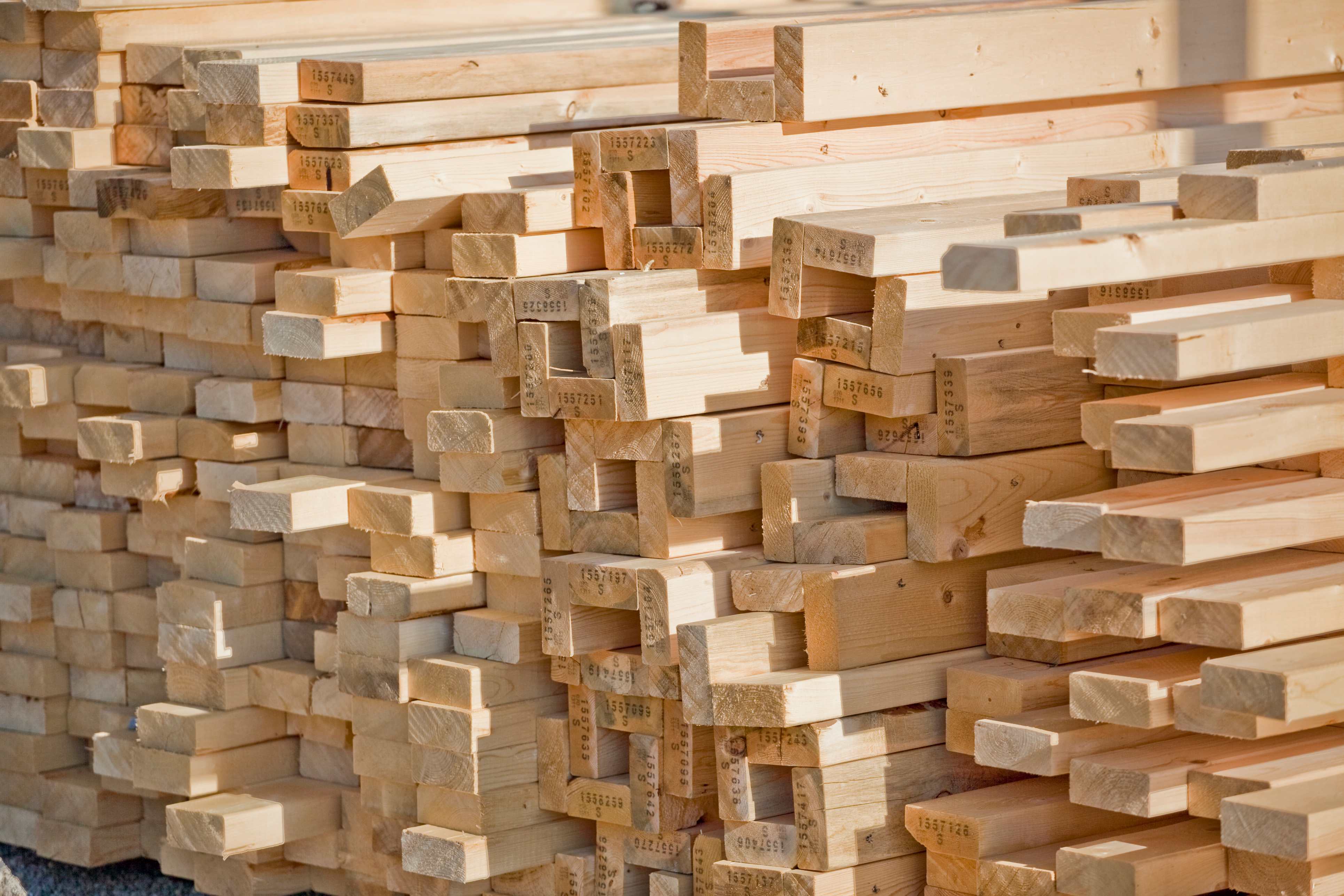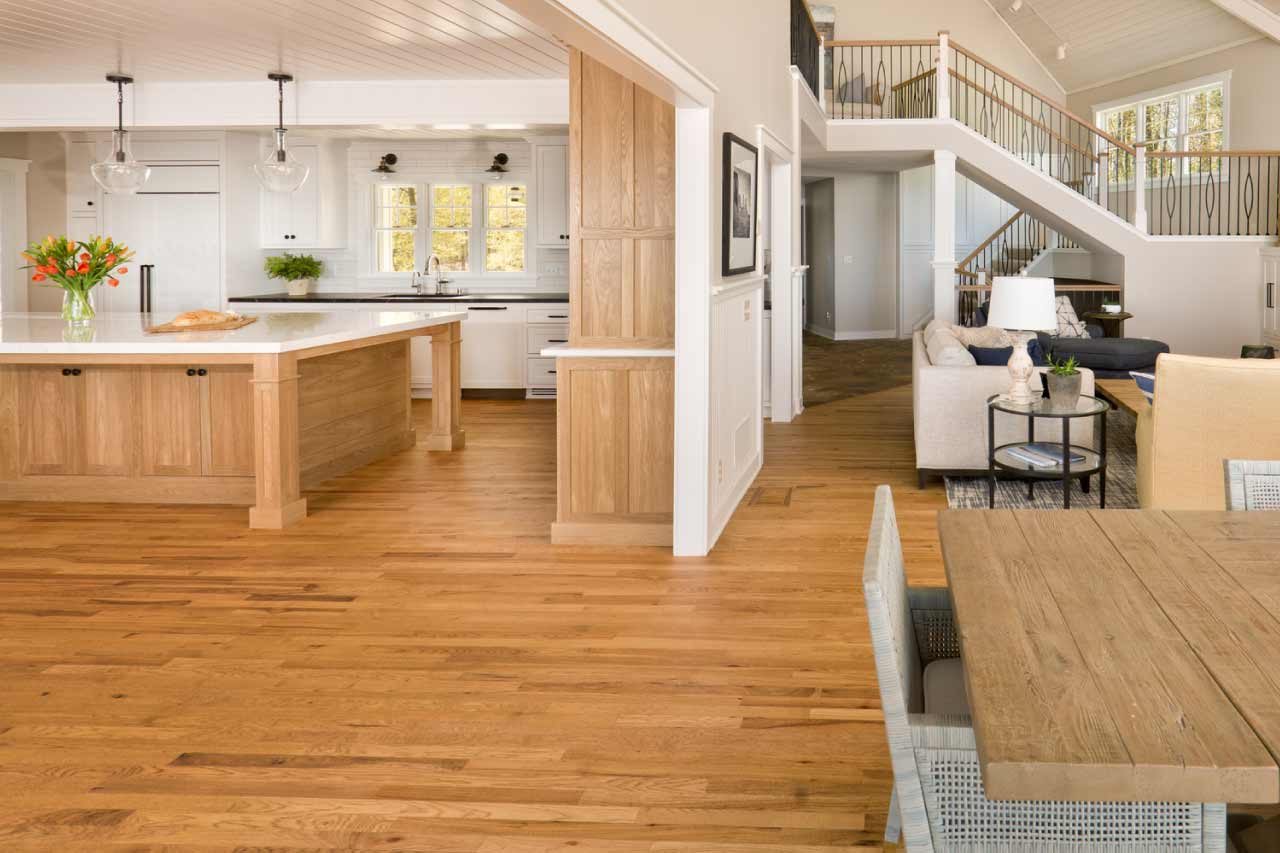
How much does engineered hardwood flooring cost? Learn about common pricing factors, costs by type, budgeting tips, and more in this guide.
Measure twice, buy once


This free lumber estimator gives you a tool to calculate how much lumber you need for your project. Find out what a board foot is, how to measure it and estimate how much wood you need for your deck, flooring or framing project.
Lumberyards normally deal in board feet, particularly on large orders, but they work in linear feet equally well. Here’s a breakdown of each type of lumber measurement.
A single board foot is one square foot of wood that is one inch thick. You can measure board feet by multiplying length x width x thickness in inches, and then dividing by 144. If ordering a large amount by board feet, just multiply the total board feet needed by the price per board foot for the total cost.
A linear foot describes a 12-inch-long piece of lumber. For many homeowner projects, linear feet are the easiest way to calculate your needs.
For instance, if building a deck out of 2-by-6 lumber, you would use your plans to first measure the total length of decking boards you need. Then, call a lumberyard and ask the price per foot on that size and species of lumber, such as 2-by-6 construction heart redwood. When the lumberyard gives you the price, multiply it by the linear feet you want, and you’ll find your decking price.
If you are not experienced in buying lumber, remember that all lumber is identified by its nominal size, which is different than the actual size. As an example, a 2-by-4 is actually 1 1/2 inches thick by 3 1/2 inches wide. A 2-by-8 is actually 1 1/2 inches thick by 7 1/4 inches wide.
There are several different kinds of wood available for various home projects. Here are a few of the most popular.
Oak: Less expensive than some options. Graining often helps hide scratches and dents.
Maple: Slightly harder than oak and lighter in color.
Pine: Dents easily. Softer wood.
Hickory: Much harder than oak. A bit pricier than other options.
Ash: Hardwood. Lighter in color.
Brazilian Walnut: Much more expensive than oak. Much harder than other woods.
Bamboo: Eco-friendly. Can cost less than hardwood. Some kinds are very strong.
Laminate: Cheaper than hardwood. Resistant to scratches. Cannot be refinished. Easier to install than hardwood. Does well with varying humidity and weather.
Vinyl: Waterproof, unlike laminate. More prone to fading.
Natural wood: More expensive. Can be refinished if scratched or damaged. More difficult to install.
From average costs to expert advice, get all the answers you need to get your job done.

How much does engineered hardwood flooring cost? Learn about common pricing factors, costs by type, budgeting tips, and more in this guide.

What does hardwood floor repair cost? Learn about the top cost factors, cost by repair type, budgeting tips, and repair versus replacement in this guide.

Use this guide to budget for oak flooring installation based on factors such as room size, type of flooring, stain and sealant, and labor.

Find out who refinishes hardwood floors, when to call a pro, and what refinishing involves. Learn the costs, steps, and pro options to make a confident choice.

Wondering who installs laminate flooring? Learn who to call, when to DIY, and what to expect from a laminate flooring contractor before you book.

Wondering who installs hardwood floors? Learn which pros to hire, when to call a general contractor, how pros install, and average costs.